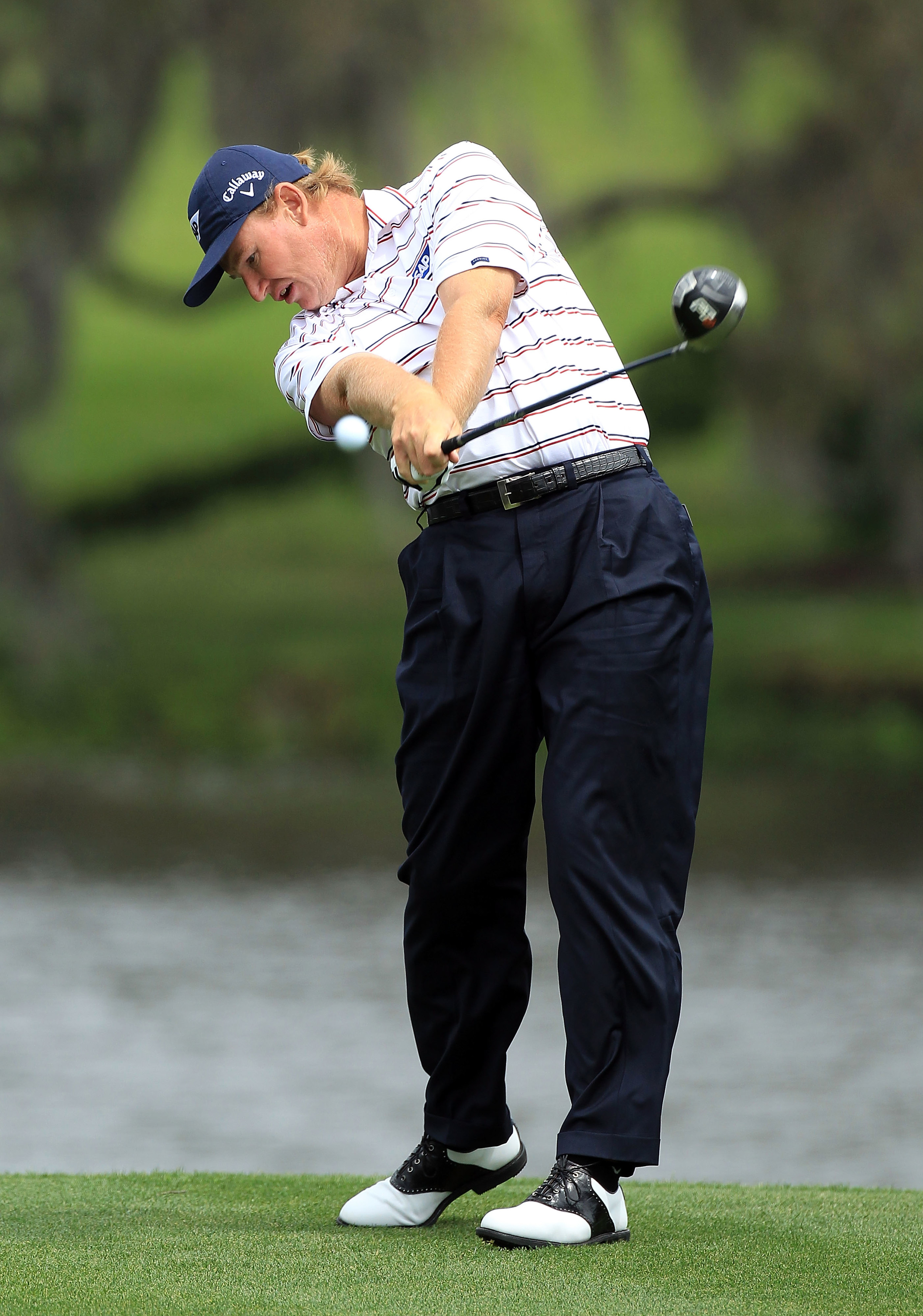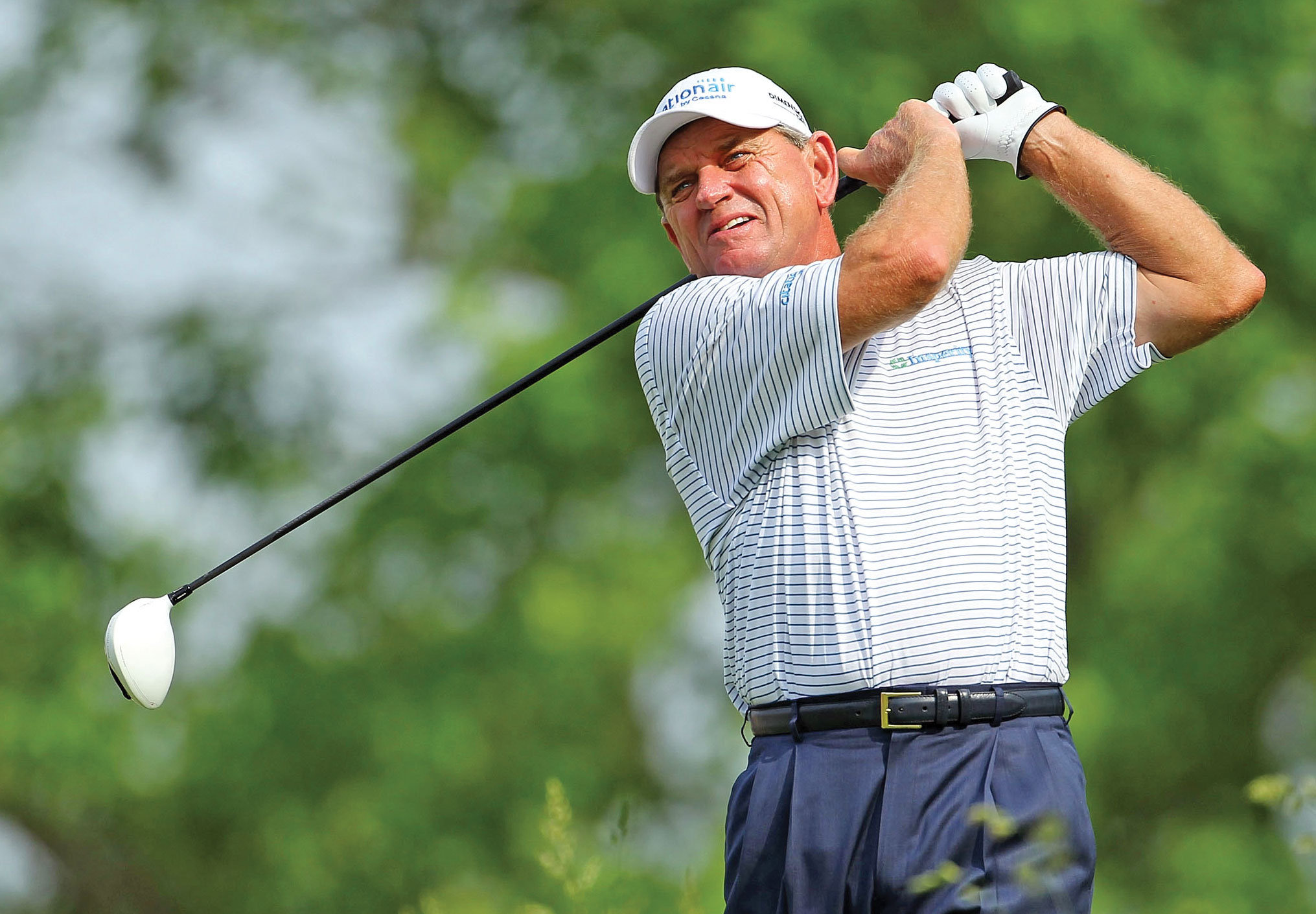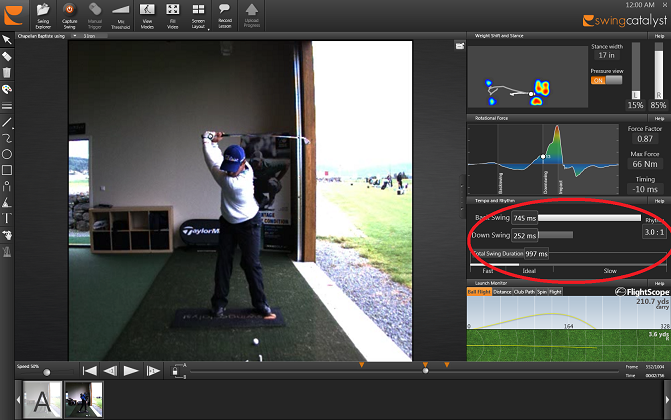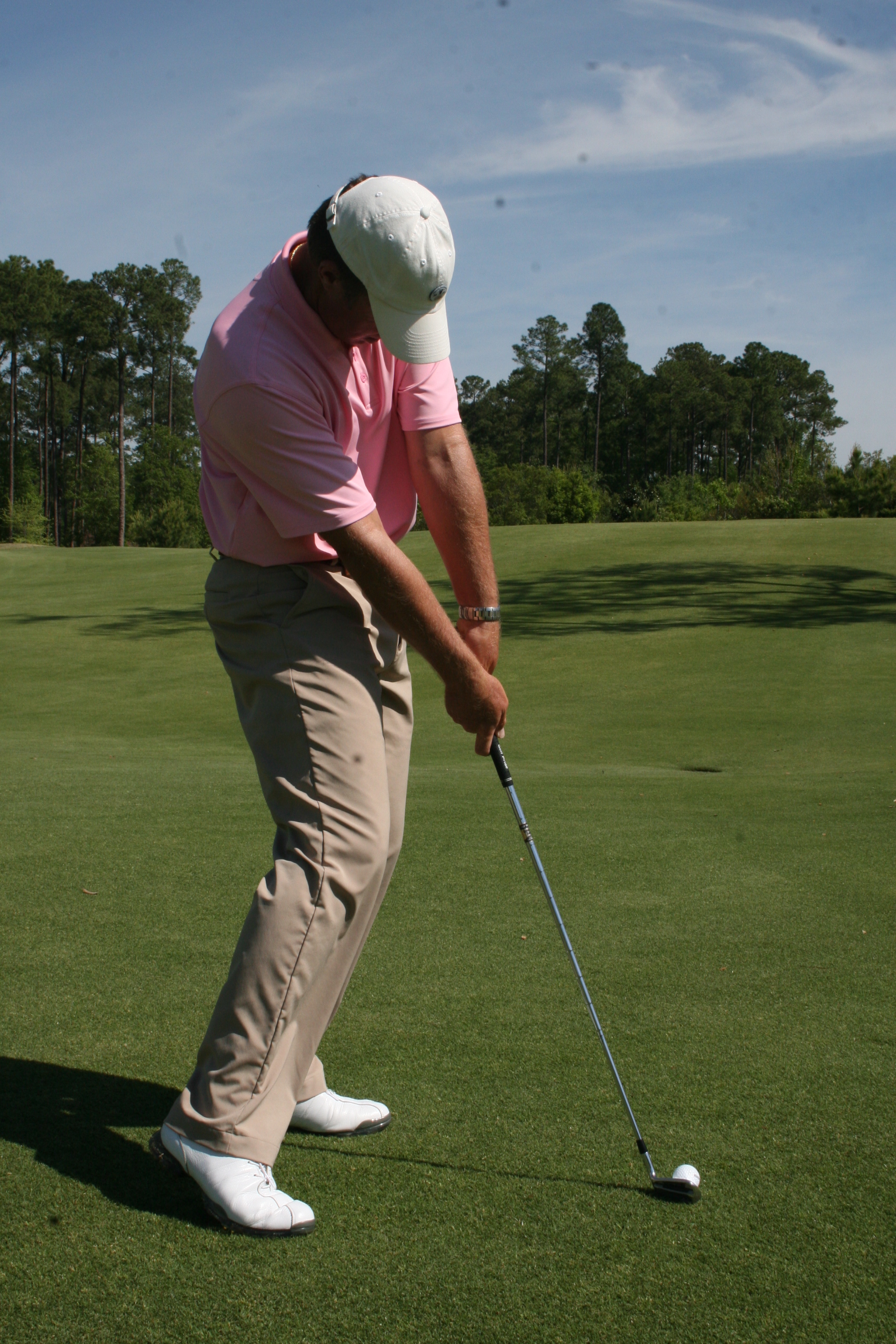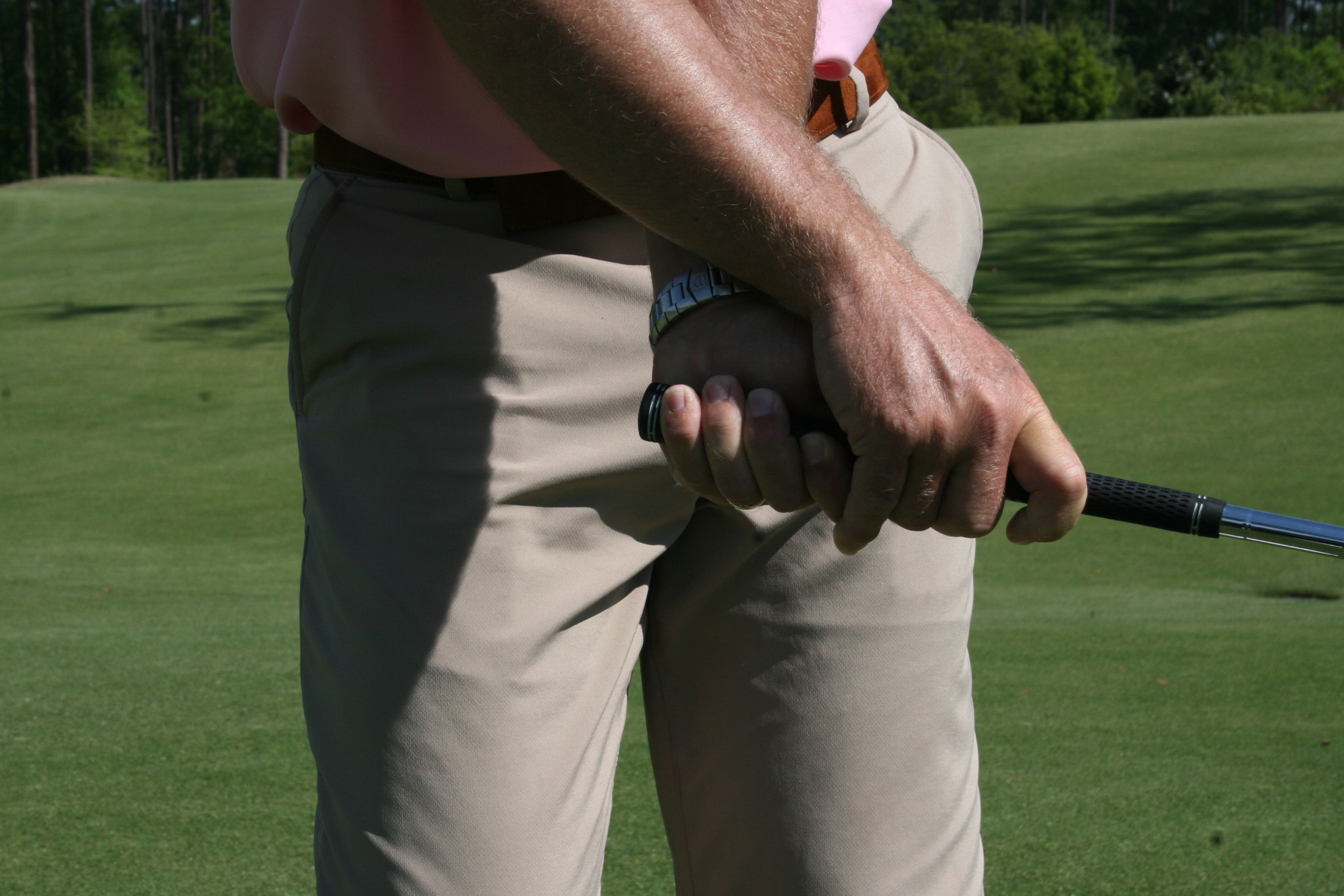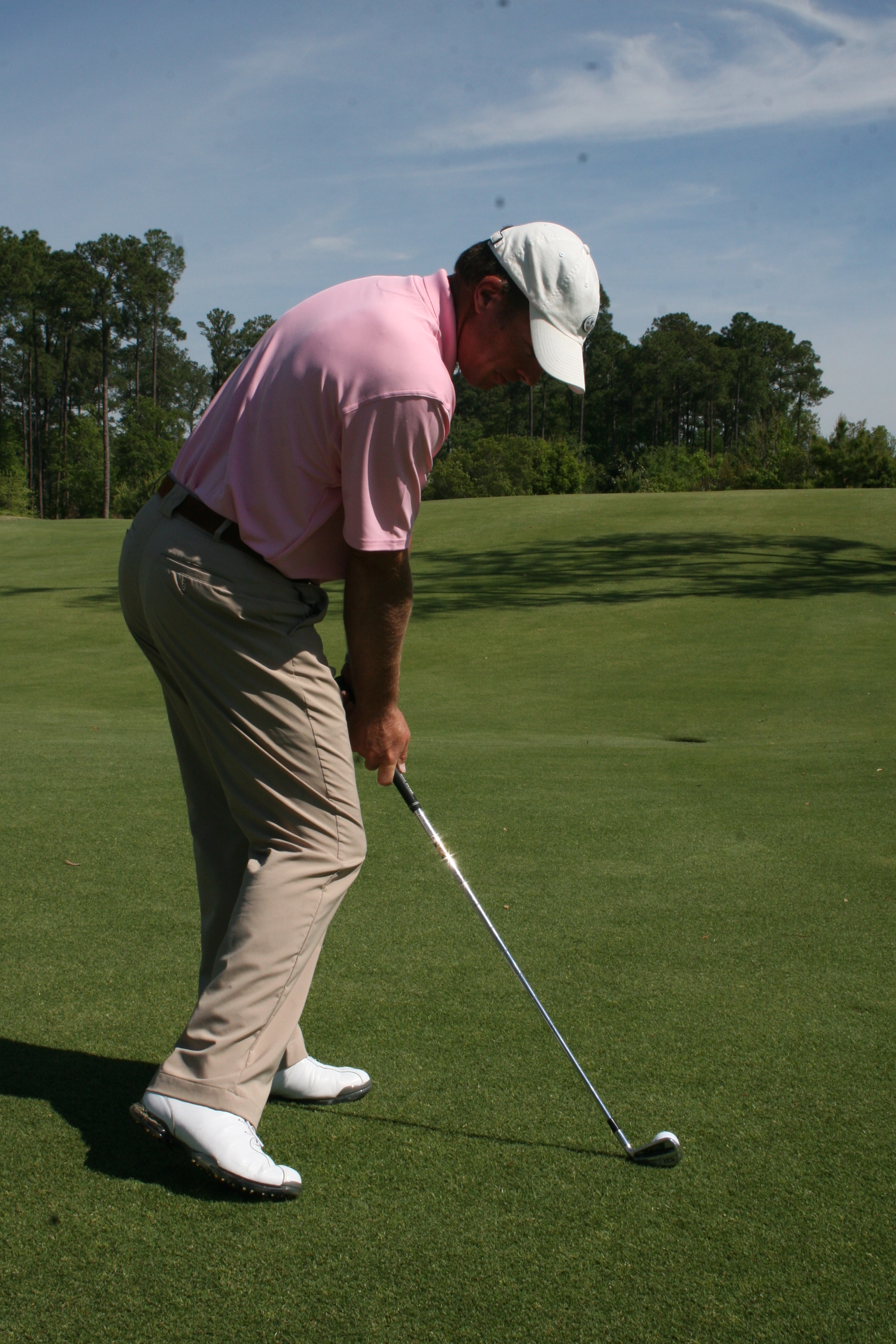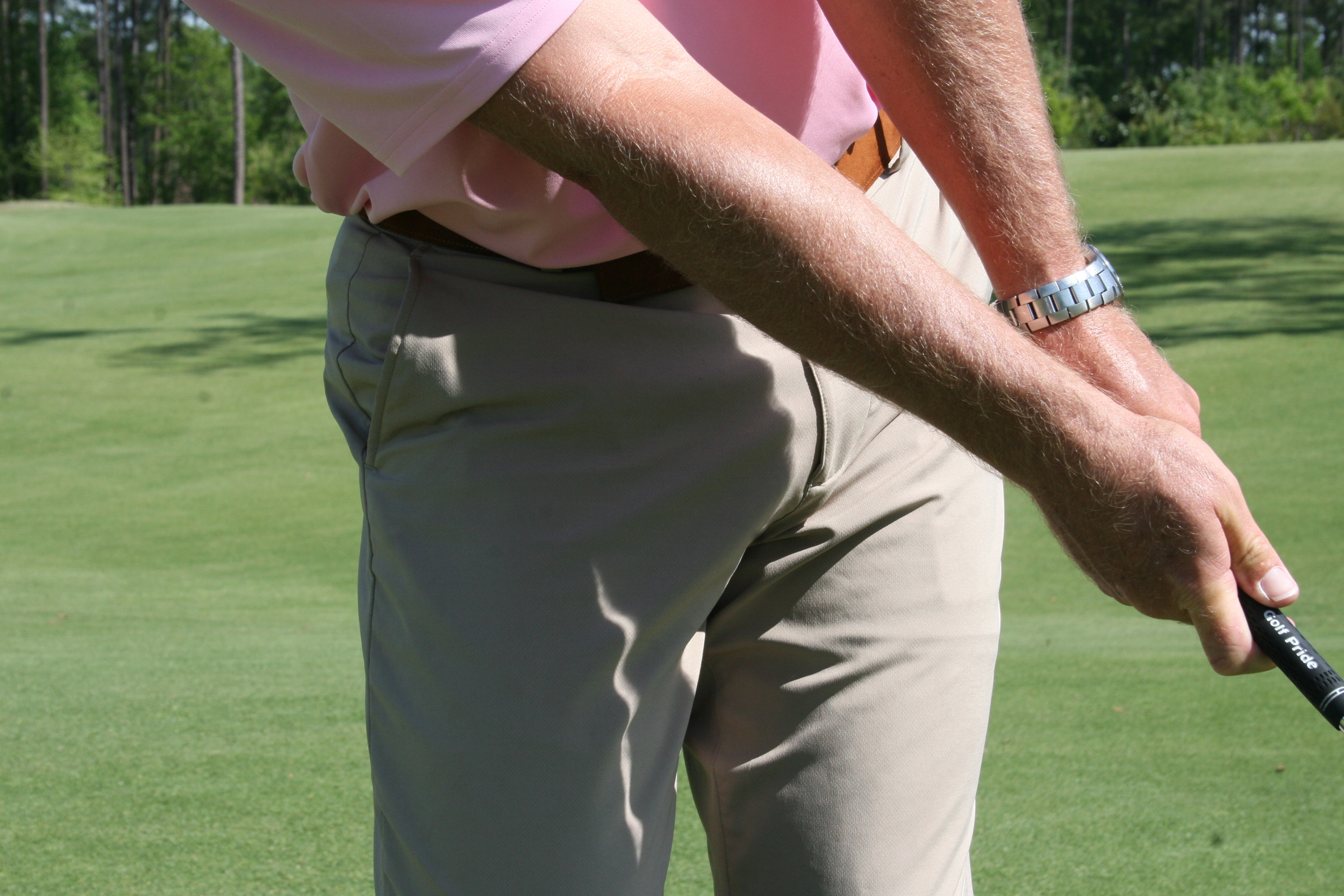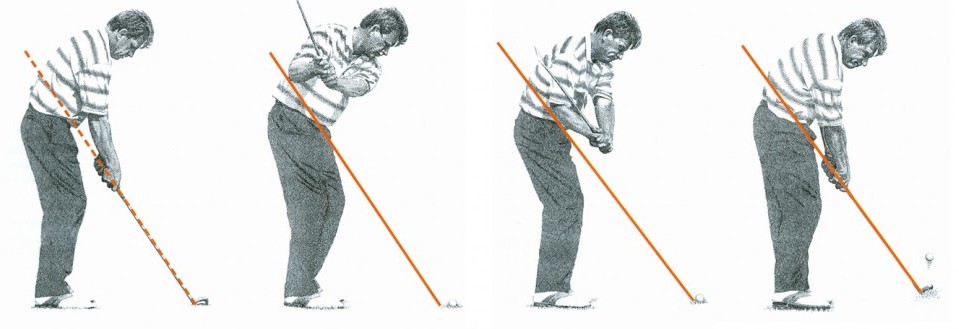The Golf Swing and Time
/A common complaint I hear from golfers is that their swings are too fast or aggressive. They just have a sense that they are quick either in the transition or the downswing. Rhythm and pace are very important elements in the golf swing. When a golfer feels quick the first thing they do is try to 'slow down'...and in an attempt to get some rhythm in the swing they often go overboard and end up slowing everything down a little too much. This can lead to an overly slow start to the swing, which in turn leads to a rapid change in pace during the transition and on into impact. It is this drastic change in speed that conveys the sense of quickness and aggression in the swing.
The PGATour average time for the backswing is right around 0.75 seconds, with an additional 0.25 seconds for the downswing. Notice that ideally there should be something close to a 3:1 ratio of backswing time vs. downswing time. That means that on average a Tour golfer will strike the ball in about a second from when the swing starts. Ernie Els, one of the smoothest swings out there, takes just over a second to strike the ball while Nick Price, who has one of the faster swings, takes around 0.8 seconds. Far too many of golfers I teach take well over a second to complete just the backswing. In watching Els or even Price, most golfers believe they swing a whole lot faster than either of those two top players - that is not the case.
Each of the above golfers are able to maintain a good rhythm in their swing because they maintain something close to a 3:1 ratio in their swings. When a backswing takes over a second to complete the golfer is now faced with a 4:1 or even 5:1 ratio which feels way out of rhythm.
Here are a few pointers when trying to get better rhythm and pace back into your swing:
- Don't try to speed up your backswing up too quickly - take one pill a day and not the whole bottle...
- The body should not feel hurried; the wrists and arms will create much of the necessary increase in speed.
- Try a few shots with the clubhead starting 2-3 feet ahead of the ball and then flow into the backswing in one motion. This gives the club a moving start and gradually increases the pace.
- Remember that rhythm does not have to be slow...
- Stay patient and gradually build up to it; try to build the speed in your downswing from the transition.
There are not many ways to track your timing ratio, but SwingCatalyst software does it for you.
Another factor to consider is that the less time your swing takes the less opportunity you have to get your body out of position. This is a very important factor and cannot be overlooked - keep the motion concise and it is more likely to be consistent. Give it a try....


